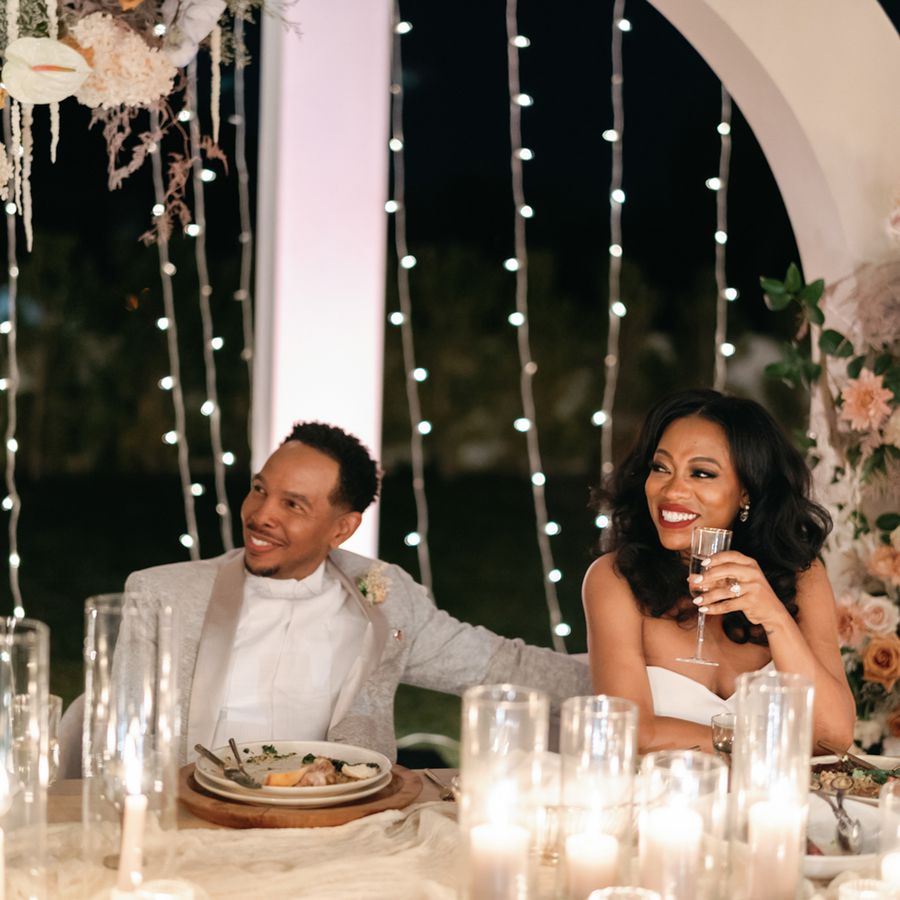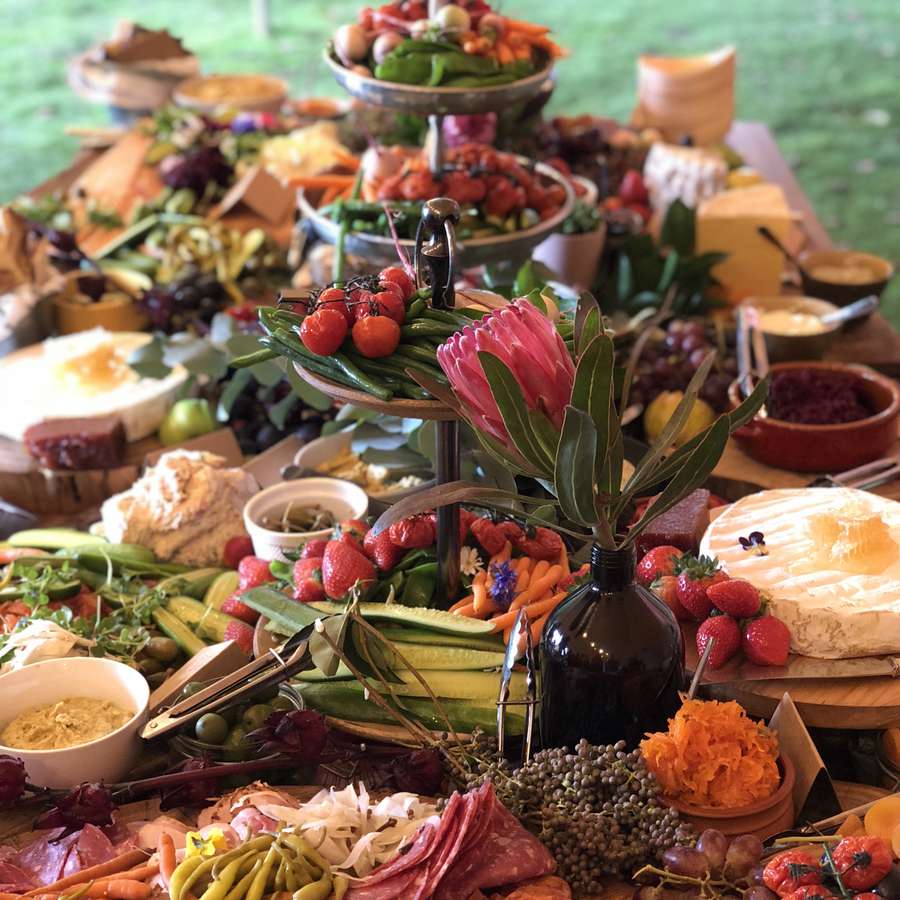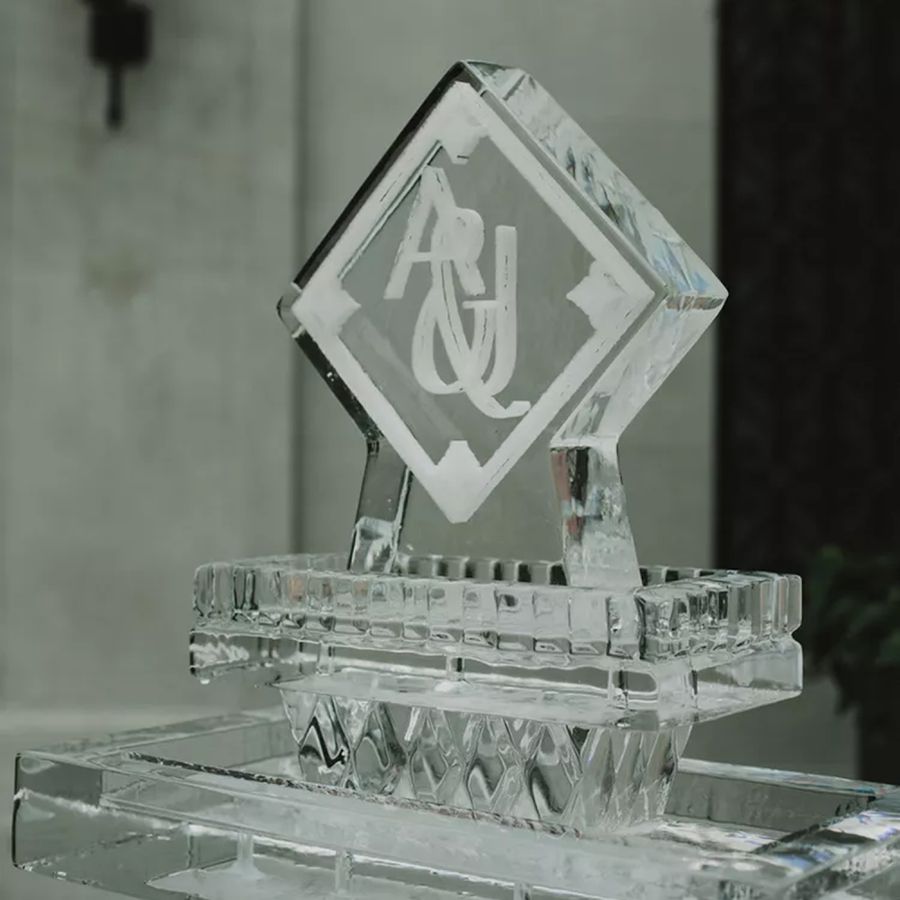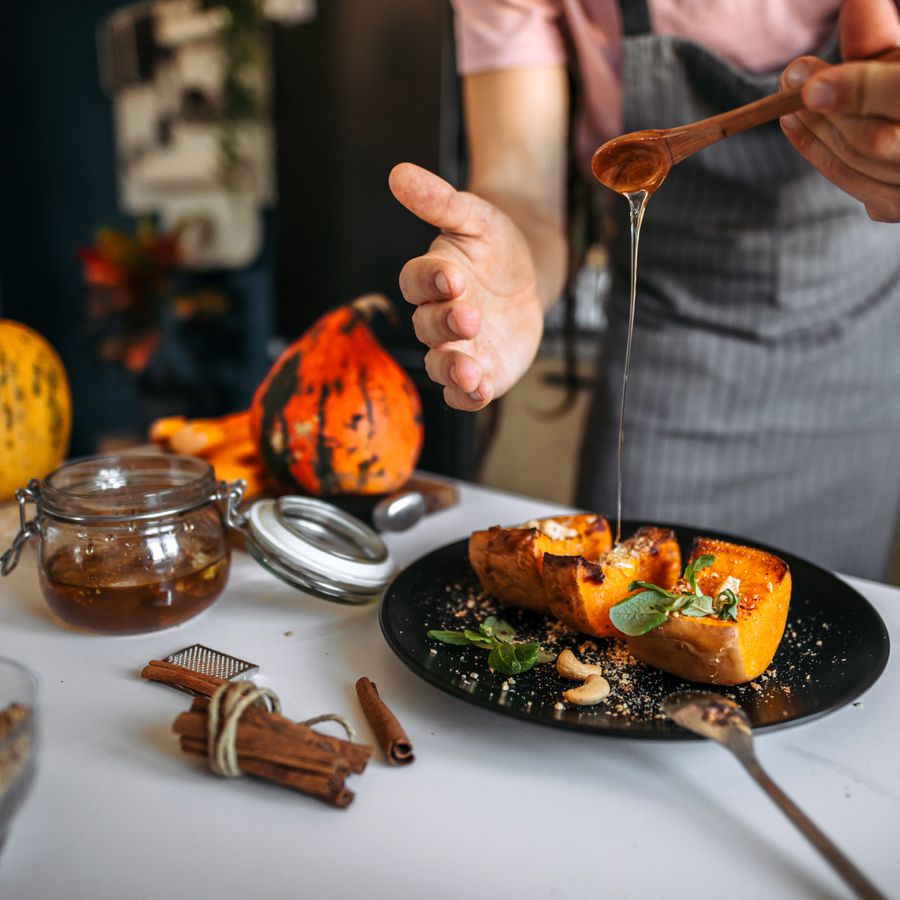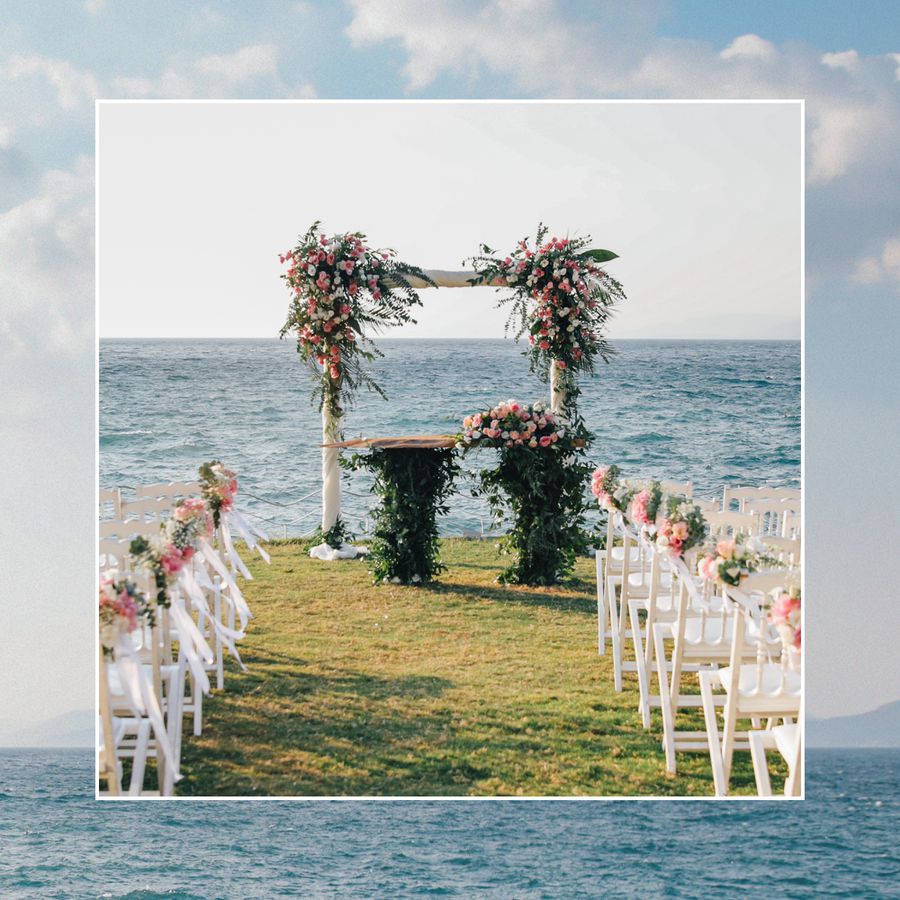:max_bytes(150000):strip_icc()/202109-04NikiMikeASHMAN-0144-ca92b38be7734189a9bce9176e758d44.jpg)
Photo by Abby Jiu Photography
Fish, oysters, lobster, a whole clam bake—seafood is no stranger to a wedding menu, but there are a variety of factors you need to consider before serving these delicious dishes to your big-day guests. Whether you're planning to have a full raw bar during cocktail hour or you'd like to include one or two fish options on your dinner menu, you'll want to be aware of elements such as how the seafood is prepared, the temperature at which it's served, and how it will impact your budget.
Here, we speak with Kimberley Ashlee Haugh of Kimberley Ashlee Catering about everything you need to know when serving seafood at your wedding.
Meet the Expert
Kimberley Ashlee Haugh is the owner of Kimberley Ashlee Catering, a boutique, husband-and-wife-led mobile catering company that operates out of a full-service mobile kitchen. Based out of Pittsburgh, Pennsylvania, the company uses fresh and local ingredients to craft its modern, globally-inspired menus for events and weddings.
It's All About the Preparation
"Seafood, depending on its preparation, can lose its integrity quickly," explains Haugh. "It's foolproof as a cold display, smoked, or for ceviche, however, as something served warm it can dry out. For instance, if you're doing food stations and have salmon displayed, it should be displayed in much smaller quantities in comparison to beef or chicken. Make sure you communicate this to your caterer."
In addition to communicating with your caterer about the food presentation, be sure to do some research ahead of time to understand the best way to cook seafood for optimal presentation and taste. "If you're doing a plated dinner, protect yourself by opting for a poached preparation versus roasted or grilled, allowing the fish a better chance to hold its moisture," Haugh notes. "Consider using a fattier fish like salmon or Chilean sea bass that holds its shape and integrity beautifully. I also love to use monkfish for my seafood-loving clients. It's not typically a fish people cook at home like salmon, and it has a texture similar to lobster."
Understand the Cost of Seafood
Seafood is often associated with a hefty price tag, and that's especially true when you're thinking about serving shellfish, like raw oysters. Still, Haugh notes that there are budget-friendly options for serving seafood at your wedding. "If you'd like to be a bit more budget conscious as seafood pricing continues to rise, consider putting it on the menu in your cocktail hour as an hors d'oeuvre that's tray-passed," she says. "For example, serve tuna poke or scallop and bass ceviche versus doing tuna or bass as an entree. If you're looking to add something like crab or shrimp and wish to have it in your entree consider using it as a topping for your steak."
Be Aware of Guest Allergies
Before creating the menu, ensure that you have a full list of any guest allergies—and remember that seafood allergies, in general, are quite common. "Fish allergies are pretty prominent, actually," notes Haugh. "I've had clients request to not have salmon, cod, or even tuna." So while shellfish allergies might be thought of as the most common, don't rule out the potential for scaly fish allergies. Once you have your guest count and RSVPs, you can plan the menu accordingly.
Think About the Season
While seafood can certainly be served year-round, it's important to note that outside temperatures during warmer seasons will impact how you serve the dishes; i.e. for a summer wedding, the caterers will need to keep a closer eye on refreshing the ice at raw bar stations and swapping out untouched fish more frequently than in colder months. "When serving raw or chilled seafood, it should be packed with ice," explains Haugh. "If it's on a station, and is supposed to be hot, there should be a heating element present to hold its temperature. The rule of thumb is two hours maximum, but if the weather is over 90 degrees, one hour is a good general rule."
